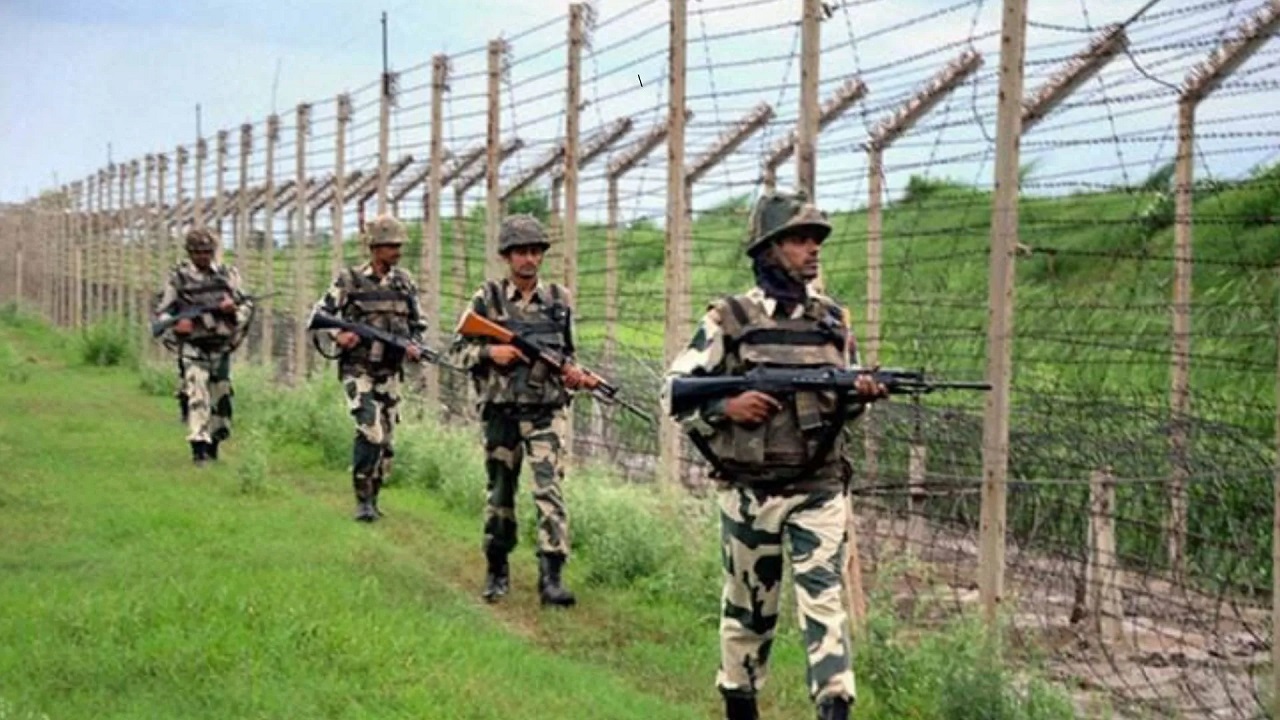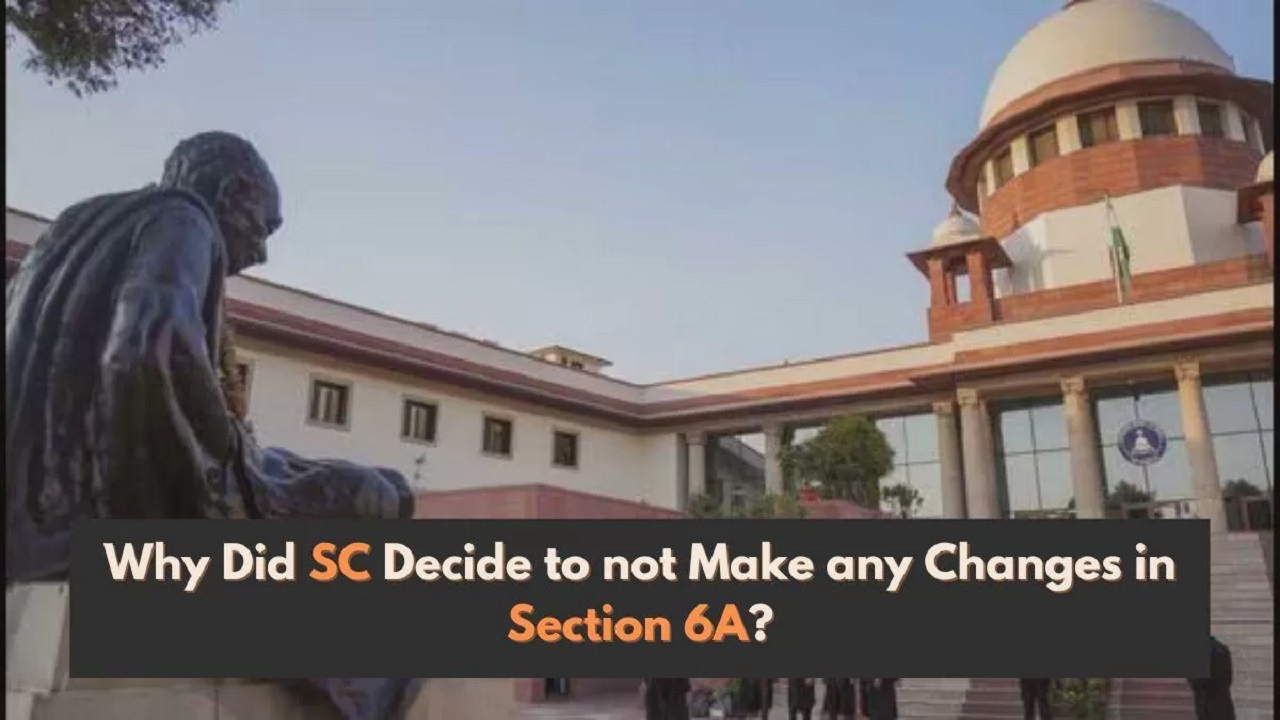India-Pakistan Ceasefire Dynamics: An Evolving Security Challenge
Context
Following the April 22, 2025, Pahalgam terrorist attack that resulted in the death of 26 civilians, Pakistan has violated the ceasefire along the Line of Control (LoC) and International Border (IB) for the 8th consecutive night. The Indian Army has retaliated in a calibrated and proportionate manner.
This marks the most serious ceasefire breakdown since the 2021 Directorates General of Military Operations (DGMOs) ceasefire agreement. The incident highlights the fragile nature of the ceasefire and demands an understanding of its evolution, nature, and strategic implications.
Evolution of the India-Pakistan Ceasefire
1. Origin and Legal Ambiguity
-
The ceasefire line was first established under the Karachi Agreement (1949) after the 1948-49 war.
-
It was renamed as the Line of Control (LoC) by the Simla Agreement (1972).
-
The LoC is not an international boundary but a military control line.
-
The ceasefire agreement is not a formal treaty but is based on military-level understandings between the two nations.
2. LoC and IB: Legal Interpretations
-
LoC
-
Extends for 740 km from Sangam in Kashmir to Point NJ-9842 near the Siachen Glacier.
-
Acts as the de facto border between India and Pakistan.
-
-
International Border (IB)
-
In Jammu, the LoC transitions into the IB for India, as India has no territorial claims across Pakistani Punjab.
-
Pakistan refers to it as a Working Boundary because it claims Jammu and considers the border unsettled.
-
3. Operational Dynamics
-
Both sides maintain a heavy troop presence with fortified structures.
-
Seasonal terrain shifts can affect actual positions and movement.
-
Troops are mandated to prevent infiltration and unilateral changes to the status quo.
-
Since 1989, there has been an increase in infiltration attempts and Pakistan Border Action Team (BAT) raids.
-
Ceasefire violations have occurred frequently but were informally restored, notably in 2003 and 2021.
Nature and Motivations of Ceasefire Violations
1. Motivations Behind Violations
-
Ceasefire violations typically increase during bilateral crises to impose military costs on the opposing side.
-
Violations have ranged from small arms fire to cross-border raids and mortar shelling.
-
Example includes India’s 2016 surgical strikes targeting terrorist infrastructure in Pakistan-occupied Kashmir.
-
Autonomous military factors also contribute, with local commanders acting independently to boost troop morale, avenge casualties, or test enemy preparedness.
2. Absence of Formal Rules of Engagement
-
There are no formal rules of engagement that strictly prevent firing across the LoC or IB.
-
Military operations are governed by unwritten Standard Operating Procedures (SOPs).
-
Local discretion plays a significant role in decisions to fire or respond.
3. Conflict Resolution Mechanisms
-
Flag meetings are held between local commanders to resolve incidents.
-
Hotline communication exists between the DGMOs of India and Pakistan in New Delhi and Rawalpindi.
-
These mechanisms help to reduce escalation but do not prevent future violations.
The 2021 Ceasefire Understanding: Significance
The DGMOs of both nations reaffirmed a ceasefire understanding in February 2021.
Key motivations for the agreement included:
-
For Pakistan, managing internal instability and addressing challenges along the Afghanistan border.
-
For India, the need to focus on the China challenge at the Line of Actual Control (LAC), Ladakh.
Positive outcomes of the agreement included:
-
A significant reduction in ceasefire violations.
-
Improved civilian safety in border villages.
-
Revival of agriculture and economic activities in affected areas.
Despite the diplomatic freeze since 2019, military communication channels remained active. Weekly DGMO calls continued, with India raising concerns over violations in the April 29 call.
Current Developments and Strategic Outlook
1. Post-Pahalgam Attack Dynamics
-
The recent firing by Pakistan may be an attempt to maintain military pressure and gain leverage in negotiations.
-
India’s current priorities include:
-
Continuing a calibrated military response.
-
Resolving the issue of a BSF jawan detained by Pakistan after accidentally crossing the IB on April 23, 2025.
-
-
Accidental crossings during tense periods are often used as leverage by the opposing side.
2. Risks of Escalation
-
Ceasefire violations are low-intensity yet high-risk events.
-
They often represent the first military action in a potential escalation ladder.
-
Escalation risks increase under public pressure, media attention, and political demands.
-
Any miscalculation could lead to a broader military conflict.
Conclusion
The ceasefire at the LoC and IB remains a fragile and evolving military understanding, influenced by local military dynamics, regional geopolitics, and unresolved political disputes.
While communication mechanisms such as flag meetings and hotlines help manage immediate crises, they are insufficient for ensuring long-term peace. Sustained peace will require political will, diplomatic engagement, and confidence-building measures beyond military arrangements.




Comments (0)